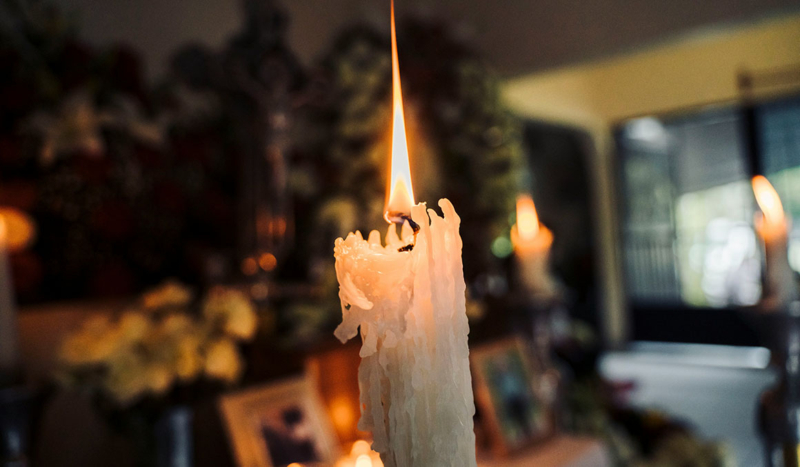
Diego Lozano / Unsplash
CV NEWS FEED // The Archdiocese of San Francisco has highlighted a Catholic priest’s explanation of what burial methods are acceptable in the Catholic Church, noting that certain “environmentally friendly” burials are unacceptable.
“For nearly 2,000 years, Catholics were only permitted to bury their bodies. Cremation, on the other hand, was strictly prohibited until 1963,” Father Vincent Woo wrote in an article initially published in “Studia Canonica” in 2024. The archdiocese republished it April 8.
“The current discipline of the Church allows both: the burial of the body is earnestly recommended, while cremation is permitted as long as it is not chosen for reasons contrary to Christian doctrine (canon 1176.3),” he added.
The Church also teaches that Catholics must be buried in a Catholic or civil cemetery with an identifiable grave marker.
Fr. Woo noted that the Church has three reasons for insisting on proper burials: the doctrine of the resurrection of the body, respect for the human body as a temple of the Holy Spirit, and the practice of encouraging the living faithful to pray for the dead.
Both alkaline hydrolysis (“water cremations”) and human composting disrespect the human body. Both methods turn the human body into waste, which is then used as fertilizer.
Water cremation uses a pressurized tank of water and alkali to decompose human remains within several hours. The liquid is “treated as wastewater and poured down the drain into the sewer system; in certain cases, it is treated as fertilizer and spread over a field or forest,” according to a 2023 statement from the USCCB Committee on Doctrine, Fr. Woo wrote.
The method does not show proper respect for the human body, he stated, and it does not express hope in the resurrection of the body.
Human composting turns the human body into waste by placing remains in a metal box with plant material and allowing it to decompose over the course of a month. Again, the compost is used as fertilizer, showing no respect for the dignity of the human body.
While cremation is permitted, Fr. Woo explained that the remains must receive a proper burial. Burying ashes in a biodegradable urn or scattering them often indicates pantheistic, nihilistic, or naturalistic beliefs.
Cremation without proper burial can also indicate an effort to become one with “Mother Nature,” which “directly contradicts the Christian belief in the resurrection of the body,” Fr. Woo wrote. “Such practices should be avoided.”
He also warned that while donating one’s body for scientific research is commendable, one must ensure that the rest of the body receives a proper burial, which not every organization guarantees.
Finally, Fr. Woo noted, “natural burials,” in which the remains are not embalmed and typically buried in a bamboo casket, are permitted only if they take place in a Catholic or civil cemetery. The grave must also be marked, which is not always the case in natural burials.
For Catholics planning their funerals, Fr. Woo concluded with this advice: “the burial of the body is earnestly recommended and preferred, while cremation is permitted as long as it is not chosen for reasons contrary to Christian doctrine. Live green in your daily life but be sure to respect your body when making funeral plans!”

